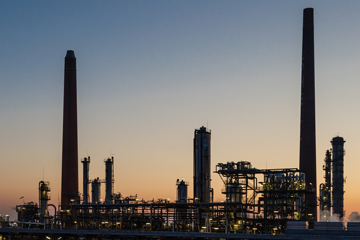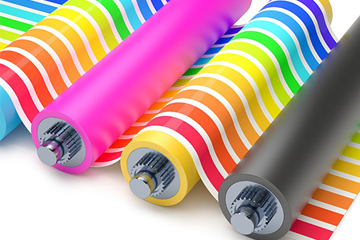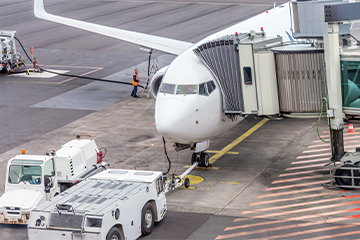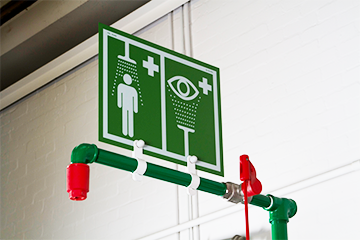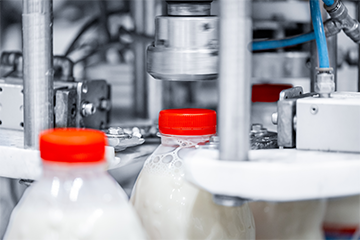Enquiry List () (0)
- 14 Nov 2018
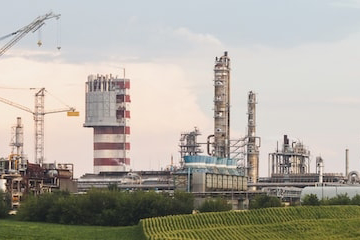
Safety Showers for the Fertiliser Industry

The fertiliser industry uses extremely hazardous materials in their production processes. Common industry chemicals like anhydrous ammonia can cause burns and inhalation hazards. Others like ammonium nitrate pose a risk of fire and explosion. In 2006 a large explosion at a fertiliser plant in Teeside, UK caused a fire involving mixed gases including hydrogen, nitrogen and ammonia prompting the police to declare a major emergency. Two workers were injured, and fortunately only suffered cuts and bruises. With the hazardous chemicals involved, the consequences could have been much worse.
Having the right emergency shower stations and eyewash equipment for employees is a critical component to minimizing injuries caused by chemical exposure.
Challenges of the Fertiliser Industry
1. Remote locations
Fertiliser plants often stretch out over large geographic areas. At site extremities, low water pressure may be an issue for providing safety showers. The ANSI Z358.1 standard specifies emergency shower stations should provide a water flow rate of at least 76 litres (20 US gal) per minute. Flow rates that are too low may not completely wash hazardous chemicals off the skin, leading to chemical burns.
In addition to low water pressure, some remote sites may not have a water supply at all, in which case a shower with its own water supply would be required.
2. Extreme ambient temperatures
Fertiliser plants are often located near natural gas sources due to their need for hydrogen as a raw material. These locations are often hostile environments with extreme ambient temperatures. ANSI Z358.1 requires the water temperatures of emergency safety showers to be in the tepid range of 16 to 38 C (60 to 100 F).
Water that is too hot may scald an injured person or cause their skin to absorb harmful chemicals at an increased rate. Water that is too cold can lead to hyperthermia, or even thermal shock. If the water temperature is tepid, workers are less likely to exit the shower early due to discomfort.
For flushing ammonia, commonly used in the manufacturing of fertiliser, the water temperature must fall within a very specific temperature range – 25 to 30 C (77 to 86 F). A release of liquid ammonia can freeze clothing onto the skin due to the extreme cold and ensuring the water temperature is within the specified range is the only way to thaw the affected areas for removal of clothing.
Emergency Showers Suitable for the Fertiliser Industry
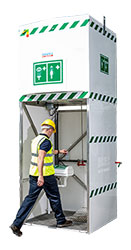 Emergency tank showers have integrated tanks. They ensure adequate water pressure and flow when water supply is unreliable or unavailable.
Emergency tank showers have integrated tanks. They ensure adequate water pressure and flow when water supply is unreliable or unavailable.
Our insulated and jacketed models are designed to counteract external temperature changes from affected the water temperature in the tanks. For cases where the ambient temperatures are more extreme, tank heaters or chillers can ensure the delivery of tepid water.
Temperature controlled showers are intended for use in low ambient temperatures and are designed to deliver tepid water for over 15 minutes conforming to European and ANSI standards.
In hot climates, static water in pipes can rise to extremes due to solar radiation. Self-draining showers drain water from the standing pipes after each activation, ensuring that the water can’t heat up in the pipes. This prevents exposing workers to scalding hot water upon activating the safety shower.
To learn more about EN15154 and ANSI requirements, visit our standards page.




